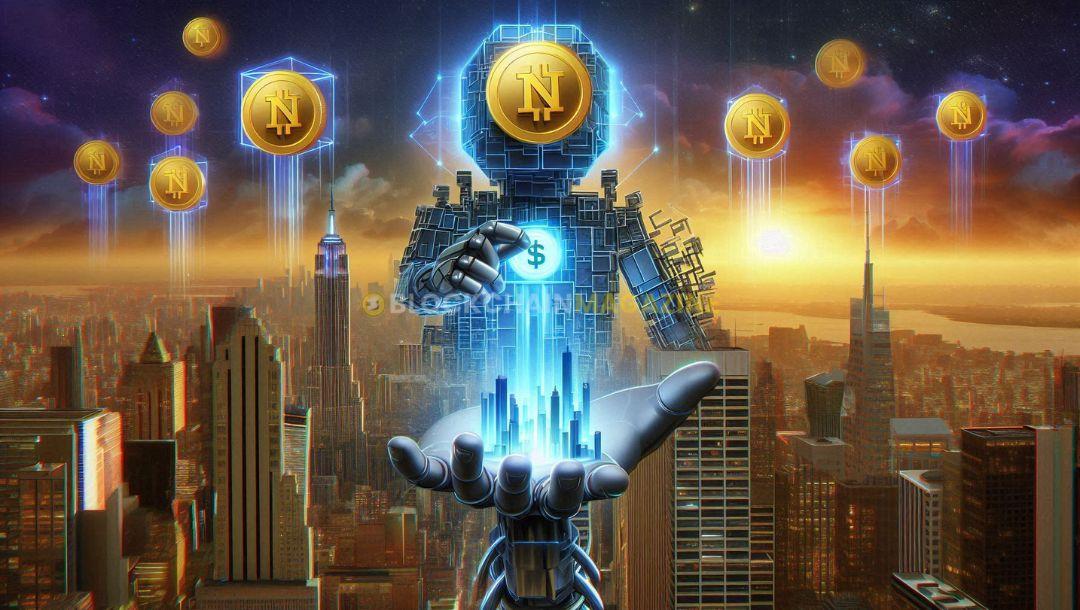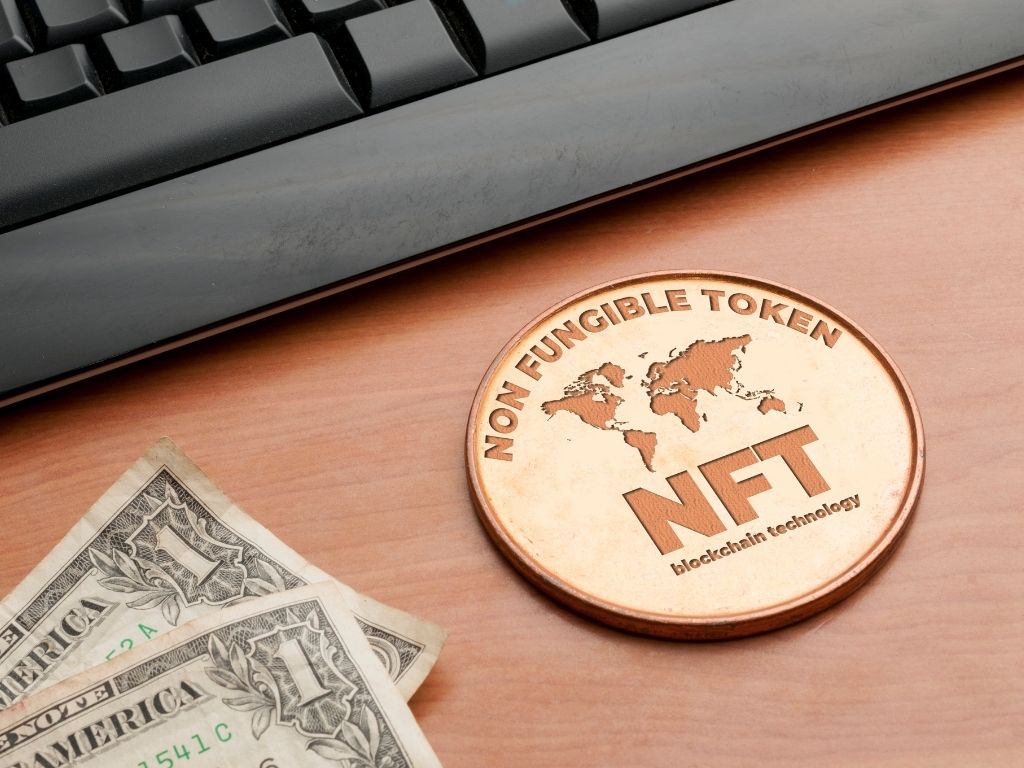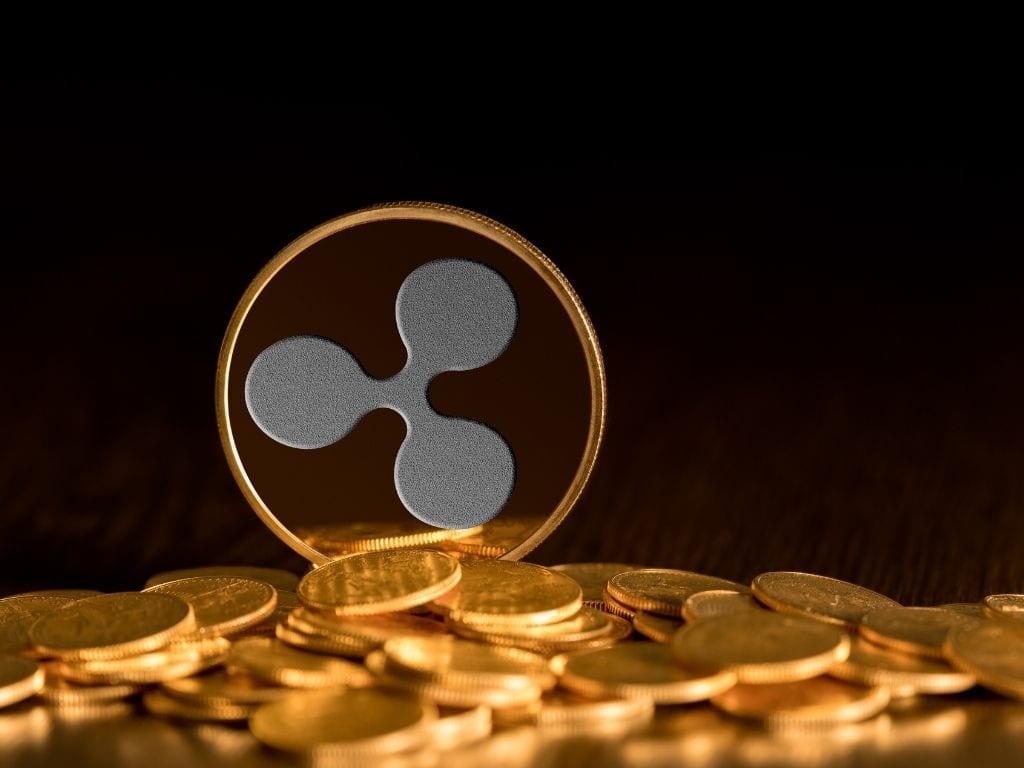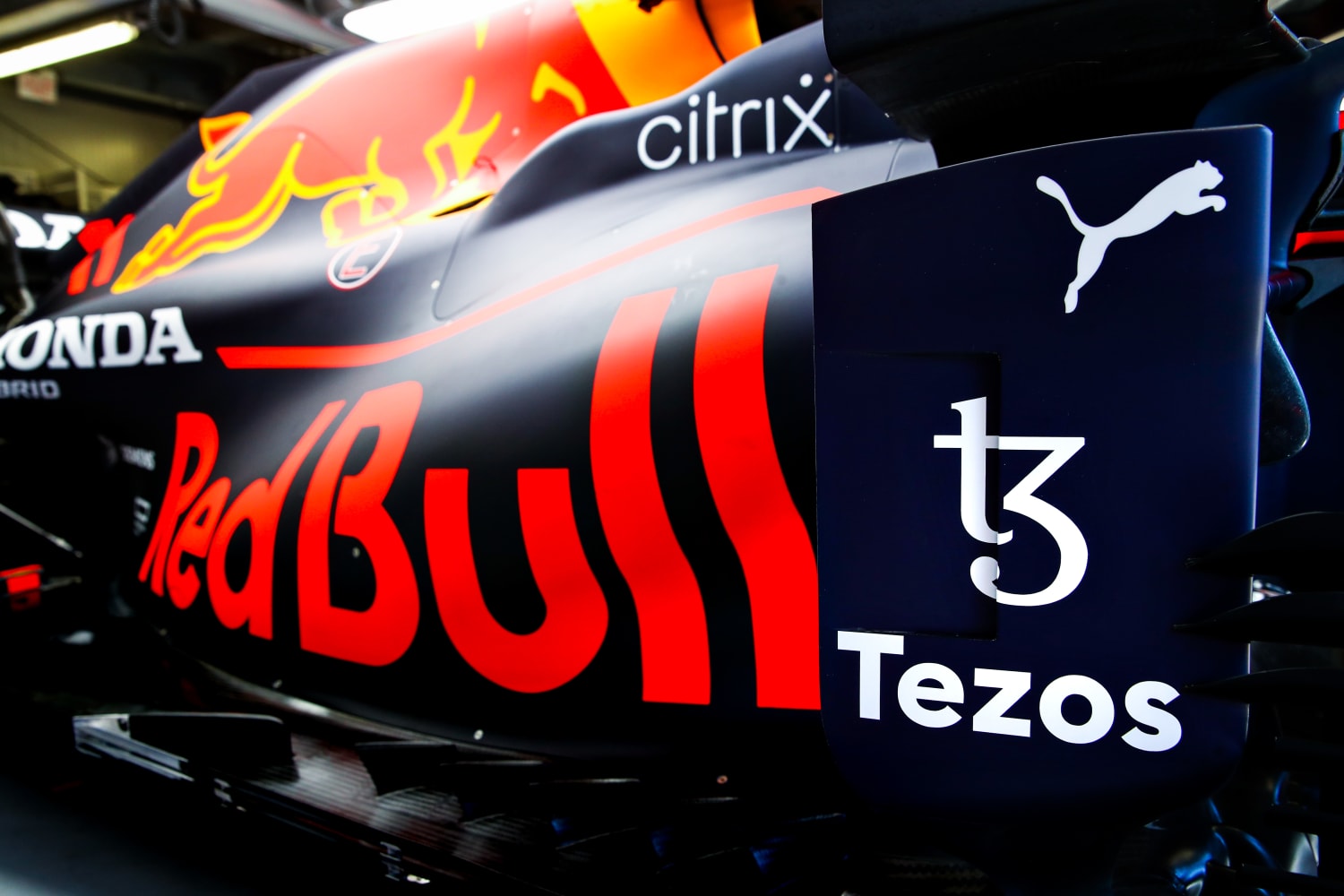Fractionalized NFTs: Democratizing High-Value Asset Ownership in 2024
The rise of Non-Fungible Tokens (NFTs) has transformed the way we view digital ownership, providing a pathway for individuals to buy, sell, and hold unique digital assets. These tokens have revolutionized industries like art, music, gaming, and real estate by allowing artists, creators, and investors to tokenize ownership and create verifiable scarcity for their works. However, the high prices of certain NFTs have made it difficult for average investors to participate in this market, limiting the democratization potential that Web3 promises.
Enter fractionalized NFTs—a groundbreaking innovation that is disrupting the NFT landscape by allowing high-value NFTs to be divided into smaller, more affordable ownership shares. This fractional ownership model is democratizing access to expensive digital assets and providing a new way for everyday investors to own a piece of highly sought-after NFTs. In this article, we will explore the concept of fractionalized NFTs, the technology behind it, and the implications for democratizing high-value asset ownership in 2024.
The Evolution of NFTs: From Unique Digital Assets to Fractional Ownership
NFTs, as unique digital tokens, have gained immense popularity since 2020 due to their ability to represent ownership of digital art, collectibles, music, and even real-world assets. By using blockchain technology, NFTs are stored on a decentralized ledger, ensuring their authenticity, rarity, and provenance.
While the NFT market has witnessed record-breaking sales, such as Beeple’s “Everydays: The First 5000 Days” artwork selling for $69.3 million at Christie’s, the skyrocketing prices have made it difficult for average investors to participate. High-value NFTs are often owned by a small group of wealthy collectors or institutions, leaving little room for smaller investors to enter the market.
This problem has given rise to fractionalized NFTs, which allow expensive NFTs to be broken down into smaller fractions that can be owned by multiple people. In this way, fractionalization opens the door for broader participation in the ownership of valuable digital assets, making the NFT market more inclusive and accessible.
What Are Fractionalized NFTs?
A fractionalized NFT is an NFT that has been split into smaller parts or “fractions,” each representing partial ownership of the original asset. Instead of one person or entity holding the entire NFT, multiple individuals can own a fraction of the asset, similar to how shareholders own a percentage of a publicly traded company.
The process of fractionalization involves locking the original NFT in a smart contract on the blockchain and then issuing fungible tokens that represent shares of ownership in that NFT. These fractionalized tokens can be bought, sold, and traded on various decentralized marketplaces, allowing investors to hold a portion of a high-value NFT without having to purchase the entire asset.
For example, let’s say an NFT of a rare digital artwork is valued at $1 million. Through fractionalization, the owner can divide the NFT into 1,000,000 fractions, with each fraction valued at $1. This allows a broader range of investors to participate in owning a portion of the asset, without needing to invest a large sum of money upfront.
The Technology Behind Fractionalized NFTs
The creation and trading of fractionalized NFTs are made possible through blockchain technology and smart contracts. Smart contracts are self-executing code that automatically enforces the terms of an agreement on the blockchain. In the case of fractionalized NFTs, smart contracts lock the original NFT and create a set number of fungible tokens that represent ownership shares.
Several decentralized platforms and protocols have emerged to facilitate fractionalization, such as:
- Fractional.art: One of the most popular platforms for fractionalizing NFTs, Fractional.art allows users to fractionalize their NFTs and distribute ownership among multiple parties. Once the NFT is fractionalized, the newly created fungible tokens can be traded on decentralized exchanges.
- NFTX: This protocol enables users to create and trade index funds backed by NFTs, including fractionalized ownership of high-value NFTs. NFTX allows collectors to pool their NFTs into vaults, which are then tokenized into ERC-20 tokens representing shares of the vault.
- Unicly: Unicly allows users to lock NFTs in a smart contract and then divide them into fungible tokens called uTokens. These uTokens can be traded on decentralized exchanges, allowing users to speculate on or invest in fractionalized NFTs.
- DAOs (Decentralized Autonomous Organizations): Some DAOs are focused on collective ownership of high-value NFTs. By purchasing shares in a DAO, investors can gain fractionalized ownership of NFTs that the DAO has acquired.
Fractionalization can be applied to a wide variety of NFTs, including digital art, collectibles, virtual real estate, and even real-world assets that have been tokenized on the blockchain. This opens up a range of new possibilities for fractional ownership and investment.
Also, read – All About Intriguing Fractionalized Ownership With NFTs And Its Top 5 Potential Risks
Benefits of Fractionalized NFTs
The emergence of fractionalized NFTs offers several benefits for both investors and the NFT ecosystem as a whole:
1. Democratizing Access to High-Value Assets
Perhaps the most significant benefit of fractionalized NFTs is their ability to democratize access to expensive digital assets. By breaking down ownership into smaller, more affordable shares, fractionalization enables a broader pool of investors to participate in the NFT market. This is particularly important in a market where high-value NFTs are often beyond the reach of average investors.
With fractional ownership, individuals can invest in assets that would otherwise be out of their financial reach, such as rare digital art, luxury collectibles, or prime virtual real estate in metaverse platforms like Decentraland or The Sandbox. This democratization of ownership allows for a more inclusive and diverse NFT market.
2. Increased Liquidity
Fractionalization can also improve liquidity in the NFT market, which has historically been illiquid due to the high price tags of many NFTs. By dividing an expensive NFT into smaller, tradable fractions, fractionalization increases the number of potential buyers and sellers. Fractionalized tokens can be traded on decentralized exchanges, providing liquidity to a market that was previously limited to high-net-worth individuals or institutions.
Moreover, fractionalized NFTs can enable more frequent and dynamic trading, as smaller investors can buy and sell their ownership shares in real-time without the need to wait for a large buyer to purchase the entire NFT.
3. Shared Ownership and Community Engagement
Fractionalized NFTs encourage shared ownership, which can foster a sense of community among investors. When multiple people own fractions of the same NFT, they are collectively invested in the success and value of that asset. This shared ownership model can lead to increased engagement and collaboration, especially in creative communities or within DAOs focused on NFT curation and acquisition.
For instance, a group of art enthusiasts could collectively own fractions of a rare digital artwork, allowing them to contribute to decisions about how the artwork is displayed, sold, or even loaned to virtual galleries or exhibitions. This kind of participatory ownership is a key feature of the decentralized Web3 ethos.
4. Price Discovery and Fair Valuation
Fractionalization can lead to more accurate price discovery for high-value NFTs. When an NFT is fractionalized, the fungible tokens representing ownership shares are traded on decentralized exchanges, where supply and demand dynamics determine their value. This trading activity can help establish a fair market price for the NFT, as it reflects the collective sentiment of a broader range of investors.
In contrast, traditional NFT sales often involve private negotiations between buyers and sellers, leading to potential price distortions. Fractionalization creates a more transparent and open market for valuing high-value assets.
5. New Investment Opportunities
Fractionalized NFTs open up new investment opportunities by allowing individuals to diversify their portfolios. Instead of having to commit significant capital to a single high-value NFT, investors can purchase fractions of multiple NFTs across different asset classes. This diversification can help mitigate risk and provide exposure to a broader range of assets, such as digital art, virtual real estate, or gaming collectibles.
Additionally, fractionalized NFTs may offer opportunities for passive income. For instance, some platforms allow fractional owners to earn revenue from leasing or licensing their NFT shares to third parties, creating new revenue streams for investors.
Challenges and Considerations
While fractionalized NFTs offer significant benefits, there are also challenges and considerations that need to be addressed:
1. Regulatory Uncertainty
One of the primary challenges facing fractionalized NFTs is regulatory uncertainty. In many jurisdictions, fractionalized ownership of an asset, especially when it involves financial speculation, could be classified as a security. This means that fractionalized NFTs could potentially fall under the purview of securities regulations, which impose strict requirements on issuers and marketplaces.
Navigating this regulatory landscape will require close collaboration between blockchain developers, legal experts, and regulators to ensure compliance and avoid potential legal issues. Platforms offering fractionalized NFTs may need to implement safeguards to comply with securities laws and protect investors.
2. Ownership Rights and Governance
Another challenge associated with fractionalized NFTs is determining the rights and responsibilities of fractional owners. When multiple individuals own shares of the same NFT, questions arise about governance, decision-making, and control. For instance, who gets to decide when or if the NFT should be sold, and how are profits distributed among fractional owners?
Some platforms address this challenge by implementing governance mechanisms that allow fractional owners to vote on important decisions, such as selling or auctioning the NFT. In many cases, these governance structures are powered by decentralized autonomous organizations (DAOs), which provide a transparent and democratic way to manage shared ownership.
3. Liquidity Risks
While fractionalized NFTs can increase liquidity, there is also the potential for liquidity risks, particularly in niche or highly speculative markets. If demand for fractionalized ownership decreases, it may be difficult for investors to sell their fractions or realize a profit. The success of fractionalized NFTs depends on the continued growth and interest in the underlying assets, which can be volatile.
4. Technical Complexity
The fractionalization process requires technical expertise to implement smart contracts, manage token distribution, and ensure the security of the underlying NFT. While decentralized platforms like Fractional.art and Unicly simplify the process, users must still navigate the complexities of blockchain technology, which can be a barrier for some.
The Future of Fractionalized NFTs in 2024
As we move further into 2024, fractionalized NFTs are expected to play a key role in the continued growth of the NFT market. The democratization of high-value assets through fractionalization is unlocking new opportunities for investors, creators, and collectors to participate in the digital economy.
In the near future, we may see fractionalized NFTs being applied to a wider range of asset classes, including luxury goods, tokenized real estate, and intellectual property. As regulatory frameworks evolve and platforms mature, fractionalized NFTs could become a mainstream investment vehicle, offering individuals from all walks of life the opportunity to own a piece of valuable assets that were once reserved for the wealthy elite.
Additionally, the integration of fractionalized NFTs with other Web3 technologies, such as decentralized finance (DeFi) and DAOs, will likely create new synergies and financial products. For instance, investors could use fractionalized NFTs as collateral in DeFi lending protocols, or participate in DAO-governed NFT investment funds.
Conclusion
Fractionalized NFTs represent a paradigm shift in how we think about ownership and investment in the digital world. By enabling fractional ownership of high-value NFTs, this innovative technology is democratizing access to expensive assets, increasing liquidity, and creating new opportunities for shared ownership and community engagement.
As we look ahead to 2024, fractionalized NFTs are poised to continue reshaping the NFT market and democratizing access to digital and real-world assets. While challenges remain, the potential for fractionalization to unlock new investment opportunities and foster a more inclusive digital economy is clear. With continued innovation and adoption, fractionalized NFTs could become a cornerstone of the decentralized Web3 future.
Stay informed with daily updates from Blockchain Magazine on Google News. Click here to follow us and mark as favorite: [Blockchain Magazine on Google News].
Get Blockchain Insights In Inbox
Stay ahead of the curve with expert analysis and market updates.
latest from tech
Disclaimer: Any post shared by a third-party agency are sponsored and Blockchain Magazine has no views on any such posts. The views and opinions expressed in this post are those of the clients and do not necessarily reflect the official policy or position of Blockchain Magazine. The information provided in this post is for informational purposes only and should not be considered as financial, investment, or professional advice. Blockchain Magazine does not endorse or promote any specific products, services, or companies mentioned in this posts. Readers are encouraged to conduct their own research and consult with a qualified professional before making any financial decisions. The featured image used is just a creative depiction of the title and it does not intend to hurt sentiments of any person or institution. If it hurts anyone sentiments, please do not hesitate to reach out to Blockchain Magazine.

 Bitcoin
Bitcoin  Ethereum
Ethereum  XRP
XRP  Tether
Tether  Solana
Solana  USDC
USDC  Dogecoin
Dogecoin  Cardano
Cardano  Lido Staked Ether
Lido Staked Ether  TRON
TRON  Wrapped Bitcoin
Wrapped Bitcoin  Wrapped stETH
Wrapped stETH  Chainlink
Chainlink  Avalanche
Avalanche  Sui
Sui  Stellar
Stellar  Litecoin
Litecoin  Toncoin
Toncoin  Shiba Inu
Shiba Inu  LEO Token
LEO Token  Hedera
Hedera  MANTRA
MANTRA  USDS
USDS  Hyperliquid
Hyperliquid  WETH
WETH  Polkadot
Polkadot  Bitcoin Cash
Bitcoin Cash  Bitget Token
Bitget Token  Ethena USDe
Ethena USDe  Wrapped eETH
Wrapped eETH  Uniswap
Uniswap  Monero
Monero  NEAR Protocol
NEAR Protocol  Pepe
Pepe  WhiteBIT Coin
WhiteBIT Coin  Aave
Aave  Bittensor
Bittensor  Ondo
Ondo  Aptos
Aptos  Internet Computer
Internet Computer  Dai
Dai  Official Trump
Official Trump  Ethereum Classic
Ethereum Classic  Mantle
Mantle  Tokenize Xchange
Tokenize Xchange  OKB
OKB  Gate
Gate  sUSDS
sUSDS  Coinbase Wrapped BTC
Coinbase Wrapped BTC 




